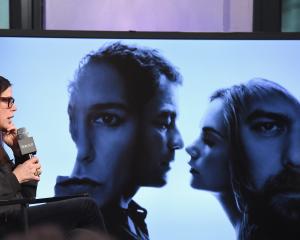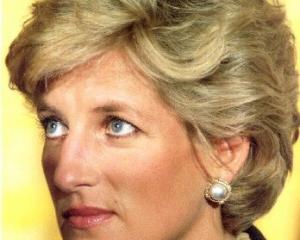Lucy Worsley has just the right thrilled, breathless tone.
The historian, author, curator and television presenter is sitting reading Murder Most Foul and considering the act, one she says is the darkest and most despicable crime of all.
But, Worsley notes in A Very British Murder, something happens when that darkest and most despicable crime is turned into a story and safely placed between the covers of a book.
This is an act that would appal us if we encountered it in real life.
''And yet, we're attracted to it,'' she says, in a confidential but excited tone.
Yes, yes, Worsley - we are!
We are breathless too!
Go on, go on!
Go on to the good bits!
A Very British Murder (on Prime this Saturday at 9.35pm) considers humankind's dark attraction to murder, and how it has influenced popular culture and literature.
The preoccupation has quite the history.
In the first of three episodes, Worsley heads back to 1827, where the opium-eating essayist Thomas De Quincey was having a good, long think about how people were reacting to the murders of Timothy Marr, his young wife, Celia, their 14-week-old son, Timothy, and their apprentice, James Gowan.
The apparently senseless murder was unusual in Wapping, London, at the time, when disease, destitution and foreign invasion were more popular hobbies.
While the Marrs' servant girl Margaret was searching the suburb for oysters to feed the family, an intruder entered their home and did them to death with a shipwright's hammer, or maul.
A similar murder of a couple and their servant just 12 days later led to armed crowds storming hither and yon, a frightened, panicked public with a fascination for every awful detail, and a newspaper industry, the ''penny press'', quickly realising a terrific way of developing readership.
All that was happening as the working class in the England was becoming literate.
It was these murders De Quincey used as a basis for his essay On Murder Considered as one of the Fine Arts, a fictional and satirical story about a murder club, whose members enjoy an aesthetic appreciation of murder.
This, of course, was just the beginning of a fine literary journey whose travellers included Charles Dickens, Robert Louis Stevenson and Sir Arthur Conan Doyle.
As the wonderful Worsley reminds us in episode one - The New Taste for Blood - the likes of Dickens, and later Agatha Christie, turned murder into more of ''an elegant crossword puzzle'', involving the most respectable of suspects.
A Very British Murder makes for fascinating watching.
Episode two looks at the Victorian age, while episode three covers the Edwardian era, and the height of the murder mystery novel.
Good stuff.
• Charles Loughrey





